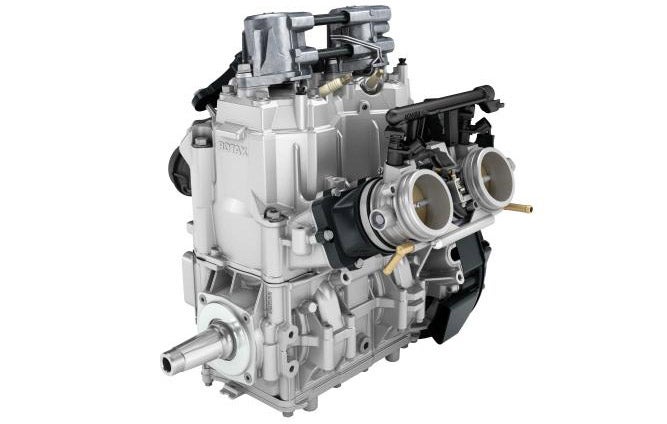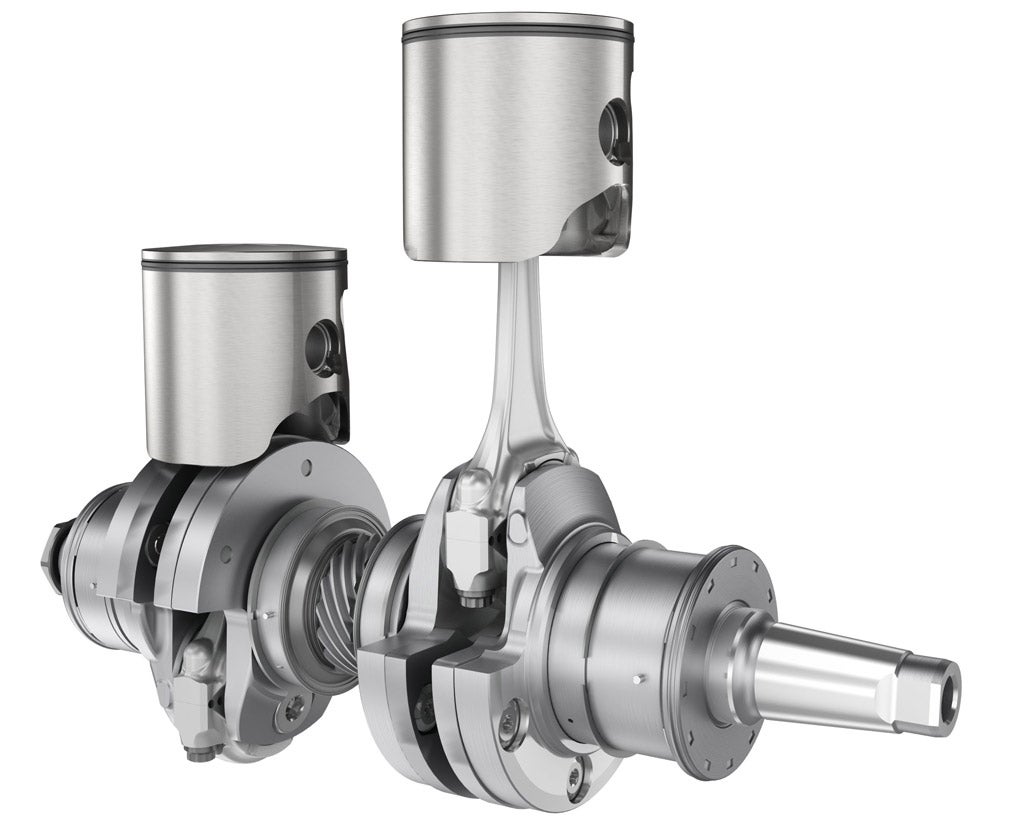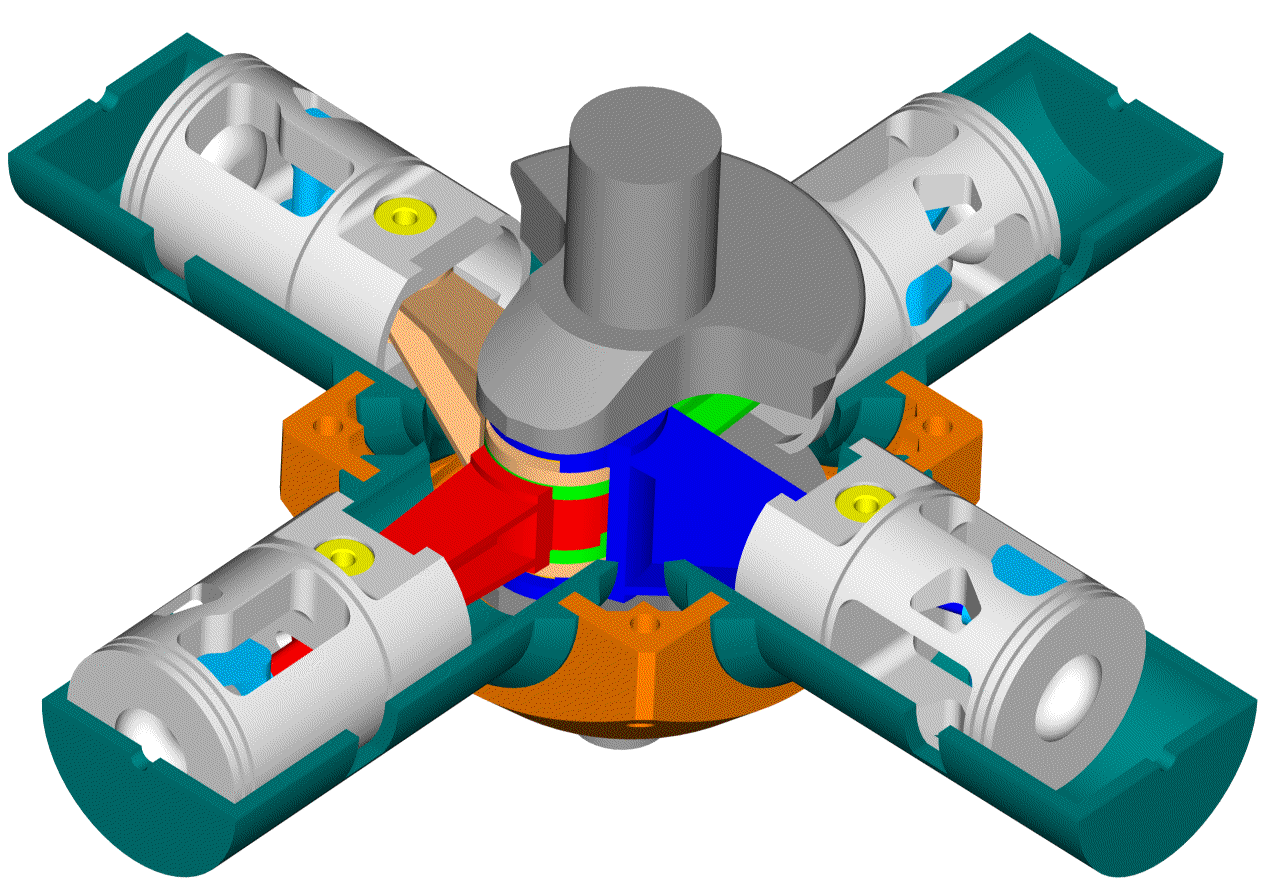Hello J.A.W.
You write:
“.. since in 'marketing' terms, the TPI is simply 'dipping a toe in the pool' 2T bike-wise..
..once the notoriously conservative & fickle motorcycle buyers are satisfied that it works, they'll be more willing..
..to 'stump up' for an even more costly/complex DI system.. ( & which KTM have had in hand, already, for years)..”
Quote from
https://transmoto.com.au/tested-ktms-2018-two-strokes/
 WHAT HAPPENED TO KTM’S DIRECT-INJECTION SYSTEM?
WHAT HAPPENED TO KTM’S DIRECT-INJECTION SYSTEM?
At the launch, KTM confirmed that they had developed two main direct-injection systems for their two-strokes, but none of them managed to match the carburetted bikes’ performance – in terms of outright power, feel and sound (yep, KTM was adamant that that certain something that makes a two-stroke a two-stroke – much of which has got to do with their trademark exhaust note – was not compromised). As outlined by KTM’s Product Marketing Manager, Joachim Sauer, “We wanted to keep the rideability and engine characteristics as close as possible to our well-established carburetted engine, while eliminating the disadvantages of the carburetted engines – the need for re-jetting for different elevations, humidity, etc, for instance.
End of Quote.
The guys of KTM appear accusing their own DI systems (they have developed two different DI systems) for not being capable to “match the carbureted bikes’ performance”.
On the other hand, their(?) TPi (Transfer Port injection) cannot help keeping the exhaust port open for (say) 20 – 25 crank degrees after the closing of the transfer ports, with all the fuel already into the combustion chamber (cylinder).
The strange thing is that they achieve to comply with the euro-4 emissions regulations according which only 0.17gr of HC (Hydrocarbons) is allowed per Kilometer, which means that only about 0.7% of the fuel is lost unburnt to the exhaust (with, say, 3.5lt/100Km fuel consumption, i.e. 2.5Kg/100Km, i.e. 25gr/Km, we have 0.17gr/25gr=0.7%).
As for the E-TEC Direct Injection system of Rotax – Bombardier – Evinrude (currently the most advanced DI for 2-strokes), there are some issues at the high revs, as the additional indirect injectors (actuated above 4,500 - 5,000 rpm) prove.

The time from the closing of the exhaust port to the ignition is not adequate at higher revs (say, above 5,000rpm).
Reasonably, in the above dyno (6,700 to 8,300 rpm) the additional "indirect injectors" do "most of the work".
So, both, the TPi and the E-TEC (of Rotax, or KTM or . . .) have obvious limitations / problems / issues to address.
And not too much time to find solutions.
Better solutions are necessary.
Thanks
Manolis Pattakos










